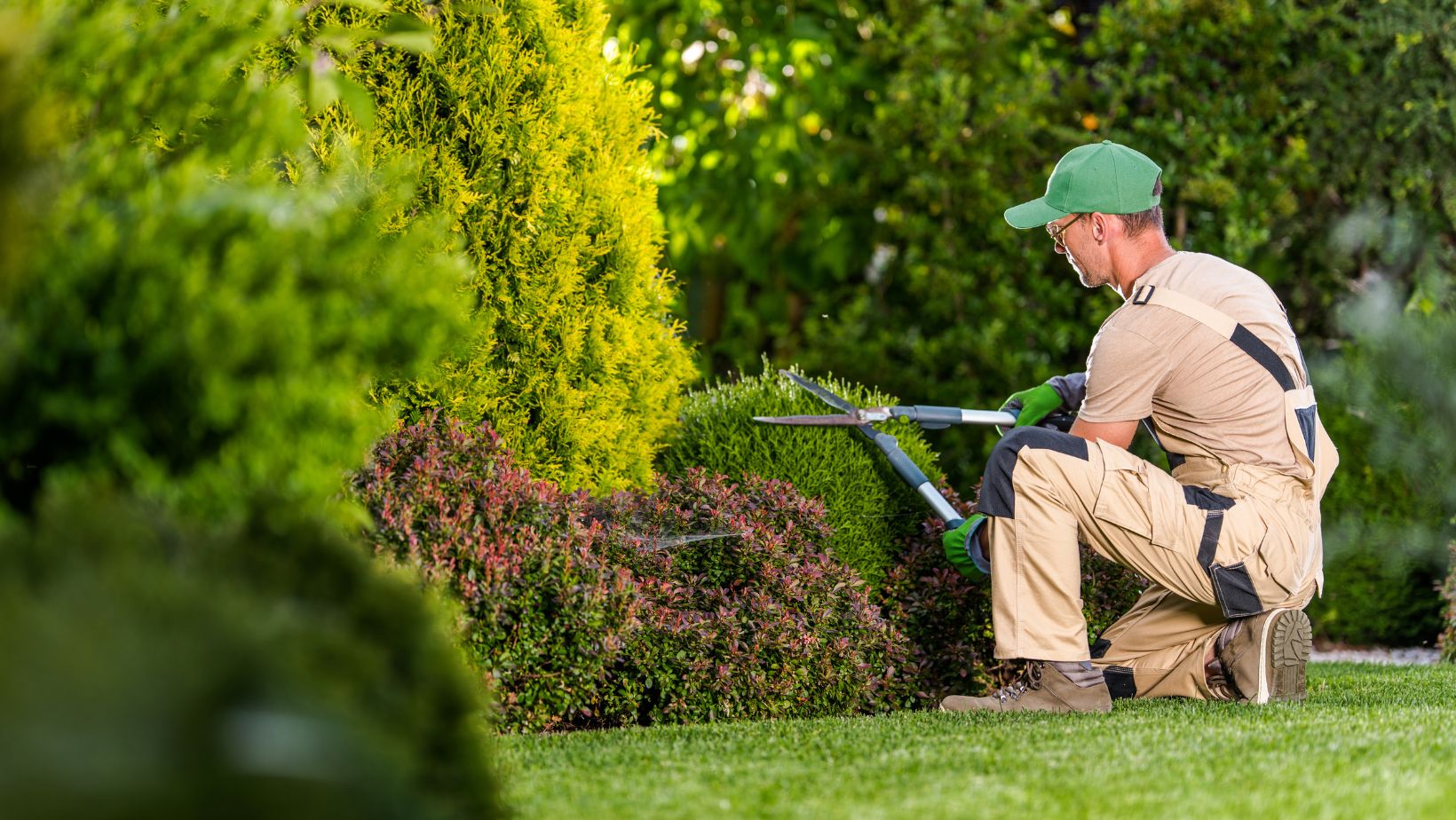Florida, with its sunny beaches and tropical climate, is a paradise for many. However, its location also makes it susceptible to hurricanes, necessitating homeowners to think critically about safeguarding their properties. While structural modifications are essential, the role of strategic landscaping in hurricane-proofing often goes unnoticed. Smart landscaping can act as the first line of defense, minimizing potential damage. Here’s how Floridians can leverage nature’s bounty to protect their homes from hurricane-induced adversities.
1. The Role of Trees
- Strategic Positioning: Plant trees away from the house and other structures. In case a tree falls during a hurricane, it should not land on the home or utility lines.
- Choose Native Species: Native trees like the Southern Live Oak, Sabal Palm, and Bald Cypress have evolved to withstand Florida’s weather. Their deep-rooted systems anchor the soil, providing better resistance against strong winds.
- Regular Pruning: Regularly trim trees to remove weak branches. A well-pruned tree allows wind to flow through its canopy, reducing the chance of it being uprooted.
2. Shrubbery and Bushes
- Barrier Planting: Planting dense shrubs around the property can act as windbreakers, slowing down wind force before it reaches the house.
- Avoid Brittle Plants: Some plants, like the Australian Pine, can easily snap in strong winds. Opt for flexible, native shrubs that can bend without breaking.
3. Groundcover and Grass
- Erosion Prevention: Hurricanes often bring heavy rainfall, leading to erosion. Planting groundcovers like Beach Sunflower or Railroad Vine can hold the soil together, preventing it from washing away.
- Opt for Drought-Resistant Grass: Grasses like Bermuda or Bahia are not only drought-resistant but also have robust root systems that help stabilize the soil.
4. Fencing and Boundaries
- Choose Breakaway Fences: Instead of solid fences, which can easily be knocked down, choose breakaway designs or those with slats. These allow wind to pass through, reducing the risk of them becoming projectiles.

- Avoid Concrete Walls: While they might seem sturdy, concrete walls can break under strong winds. Opt for natural barriers like hedges or shrub borders, which offer flexibility and wind resistance.
5. Anchoring Landscape Features
- Secure Loose Objects: Items like garden furniture, birdbaths, or decorative pieces can turn into deadly projectiles. Ensure they’re securely anchored or stored indoors during a storm.
- Position Gravels Correctly: While gravel paths can be aesthetically pleasing, in a hurricane, they can become hazards. Consider replacing gravel with shredded bark or embedding larger stones into the ground, ensuring they don’t become airborne.
6. Water Management
- Effective Drainage: Ensure your landscape incorporates a proper drainage system. This prevents flooding during the heavy rains accompanying hurricanes.
- Rain Gardens: Consider creating rain gardens – depressions planted with native shrubs and flowers. They act as reservoirs, absorbing excess water and reducing runoff.
7. Landscape Maintenance
- Regular Inspections: Periodically inspect your landscape for signs of disease or decay. Weak plants can easily be uprooted during storms.

- Mulching: Mulch around trees and plants. This not only conserves moisture but also provides an additional layer to prevent soil erosion.
8. Taking Expert Advice
It’s beneficial to consult with local landscaping experts familiar with Florida’s climate. Their insights can guide you in selecting plants and features best suited for hurricane resistance.
Landscaping in Florida isn’t just about beautifying a property; it’s a strategic endeavor that intertwines aesthetics with safety. By embracing nature and understanding its strengths and vulnerabilities, homeowners can craft landscapes that not only elevate their homes’ visual appeal but also act as formidable shields against hurricanes.
As Florida faces the reality of increasing hurricane activities, it’s time for its residents to look at their gardens and yards as more than just spaces of leisure. With thoughtful planning, the right plants, and regular maintenance, landscapes can transform into protective barriers, showcasing nature’s incredible ability to safeguard and sustain.








